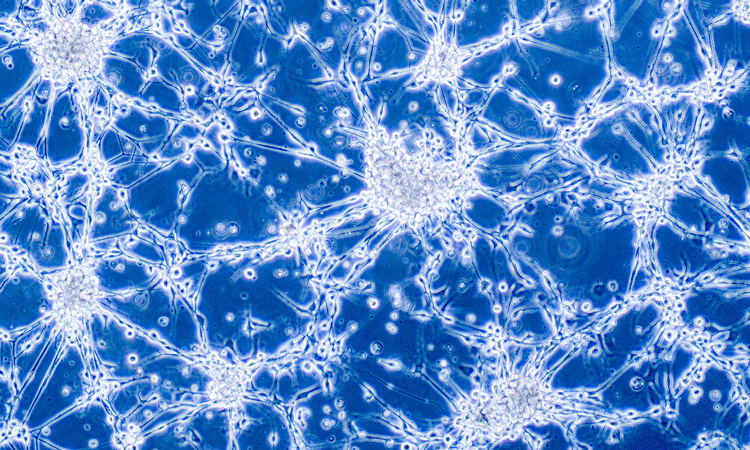Four cell types discovered in glioblastoma tumours
Posted: 12 August 2019 | Victoria Rees (Drug Target Review) | No comments yet
A new study has revealed that glioblastomas contain four different types of cell which the researchers say should be treated separately.


Researchers have discovered that glioblastoma tumours shift between four distinct cell types. According to the investigators, these cell types may need to be targeted separately for more effective therapies.
Previously it was believed that the tumour cells were uniform, but a study led by the Boston Children’s Hospital, US, and with collaborators found the cells to be very different from one another. Analysing tumours from children and adults, the researchers sequenced the RNA of 24,000 cells individually.
…the new findings indicate a need for combination therapies that target all four tumour states simultaneously
“If you look at single cells, they’re very different from one another,” said Dr Mariella Filbin, a pediatric neuro-oncologist at the Dana-Farber/Boston Children’s Cancer and Blood Disorders Center. “Some are more immature, stem-like cells, some are differentiating cells and some are mature cells that are not even dividing anymore.”
The cell types distinguished closely resembled normal developing brain cells. They are comparable to:
- Neural progenitor cells
- Oligodendrocyte progenitor cells
- Astrocytes
- Mesenchymal cells.
Every patient had some of each cell type, but the proportions of these cells varied. This was according to the genetic defect of the patient’s cancer, ie, increased copies of PDGFRA, CDK4 or EGFR, or alterations of NF1.
The study also found that the glioblastoma cell types morphed over time when exposed to cancer treatments. When the researchers injected any of the patient tumour cells into mice, they all formed growths containing all four cell types.
“This explains the failures of single-target drugs,” added Filbin. “The tumours can ‘become’ something else and escape our drug therapies – and it’s very easy for them.”
The researchers say the new findings indicate a need for combination therapies that target all four tumour states simultaneously. Filbin and her colleagues plan to try different combinations of gene editing approaches and drugs aimed at changing cell state. Such drugs could block molecular pathways that keep tumour cells in an immature state or target the packaging of DNA into chromatin that determines what RNA is transcribed.
“Applying novel technologies to these vicious tumours give us an opportunity to understand what drives them at a whole new level that was unthinkable a few years ago,” continued Filbin. “The time is ripe to take these findings and finally translate them into novel therapies.”
The results were published in Cell.
Related topics
Drug Targets, Oncology, Sequencing
Related conditions
Glioblastoma
Related organisations
Boston Children's Hospital, Cell
Related people
Dr Mariella Filbin








